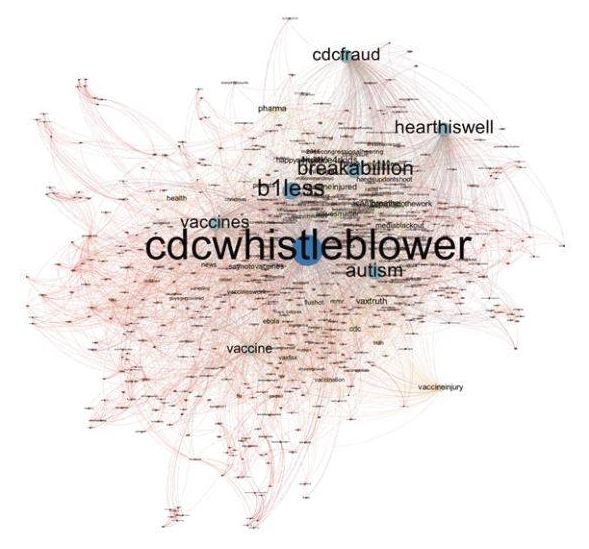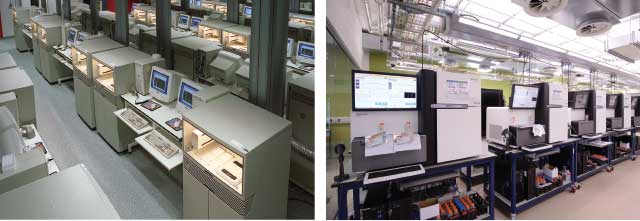Feb 2, 2016
Future | Almost Royal
Posted by Zoltan Istvan in categories: space travel, transhumanism
I spoke on transhumanism for a few minutes in this BBC America show about the future that aired last night. Some of you can watch it if you have access to your cable/satellite providers.
Siblings Poppy and Georgie are on a mission to find out what the future holds for the human race, starting with a simulated trip to Mars. Next up they meet people who are hoping to survive the apocalypse before meeting a hopeful political candidate.

















